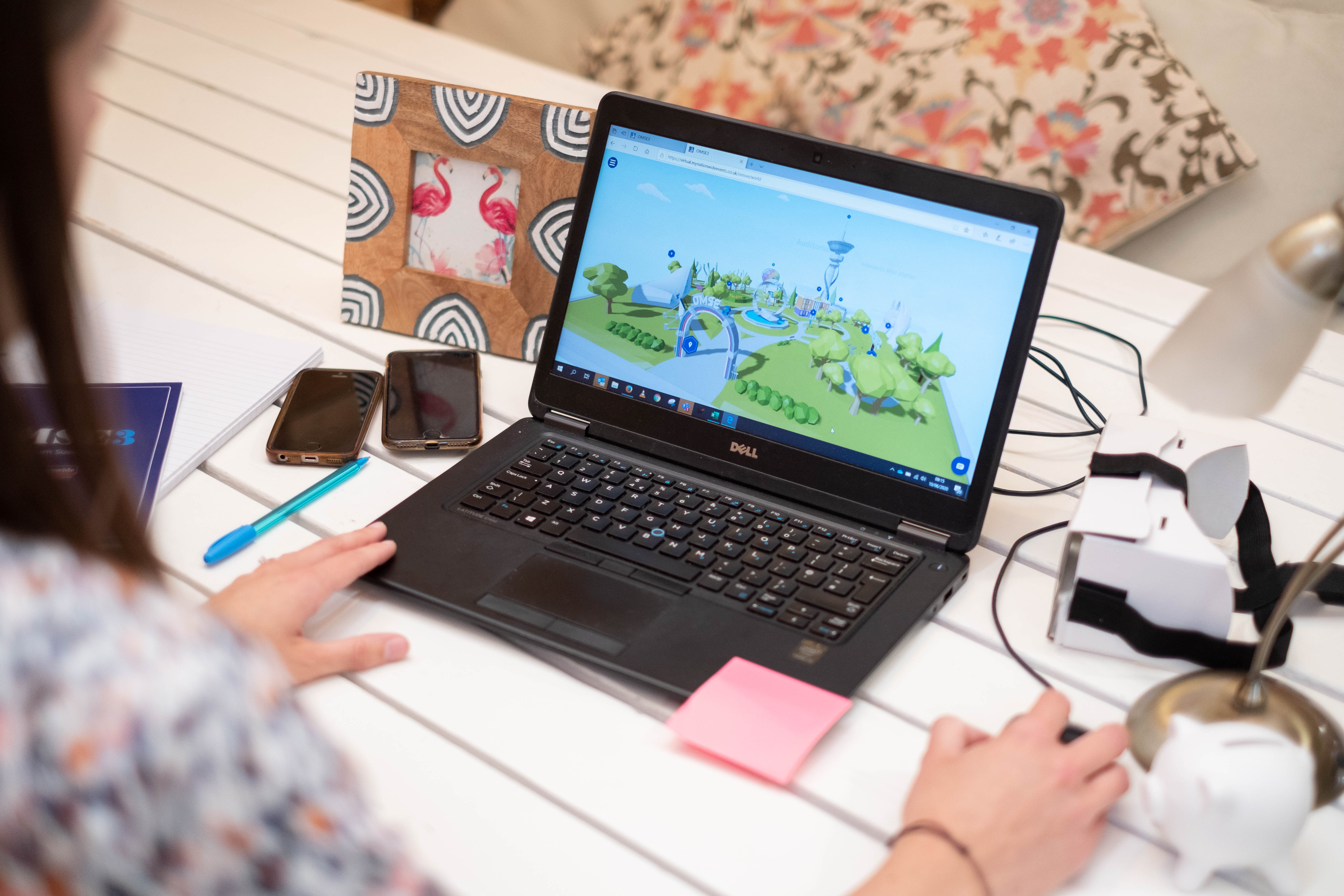COVID-19 hasn’t exactly been a positive experience, but it has opened our eyes to the fact that the standard workplace model has become outdated. It has shown us that there are other methods that are more beneficial, not only to the individual, but to the company as a whole.
From March 2020 onwards, businesses that had the ability to continue operating during the pandemic have undertaken a hybrid workforce model, with the majority of employees now working remotely. In fact, according to new research by the Adecco Group UK and Ireland, 77% of UK employees believe that post-COVID-19, a mix of office-based and remote working is the best way forward and 79% believe it is important that there is more workplace flexibility in how and where they can work.
This hybrid workforce allows more control over daily life, and with that control comes resolution over all those worries that affect your work. Who will look after the kids while they’re off school? Will I be able to make it to my other job in time with the extra traffic? Can I afford all these travel costs? Finding a method of working that suits the individual can increase productivity, engagement and overall job satisfaction ten-fold.
A huge benefit for a workforce that won’t necessarily be in the office all at once is that companies have the ability to relocate to smaller buildings in better locations, or even branch out to multiple locations to improve their reach. With a new workplace model comes new methods of how we work; this is the perfect chance to swap out those boring rows of desks and cubicles and spice up the layout of your environment. Offer beautiful spaces for your clients to hold meetings, brainstorm or even get some work done; create mentally stimulating, collaborative workspaces for your employees that also prioritise comfort and style over clinical and formal. You wouldn’t be happy living in a house that’s poorly decorated and gives off a sterile aura, so why should employees have to withstand this in their work environment? A poorly designed workplace is a sure way to a disengaged workforce, or one that would rather all stay at home. Interestingly, a study by Harvard Business School found a 70% decrease in collaboration with open floor plans. Reinvent your workspace to suit your employees. Make every aspect and crevice beautiful, mentally stimulating and enjoyable to be in – now is the perfect time for reinvention.
While the nine-five won’t be going anywhere any time soon, it will certainly be given a shakeup. And this isn’t a bad thing. This past year has proven that a hybrid workforce is plausible, it works well in most cases and has plenty of benefits, both in terms of the quality of the work produced, and in terms of employee wellbeing. It’s time for the workplace model to evolve and put the employee before outdated societal notions.
What are your thoughts on the hybrid workplace model? Do you think a hybrid workforce model will work for your organisation? We want to hear your thoughts so head over to our social pages and let us know.
/DRPG%2045th%20Anniversary/DRPG%2045th%20White%20-%20No%20Text.png)


 Back
Back

/Blog%20Images/AEO%20SEO%20-%20Digital%20Blog.jpg)



